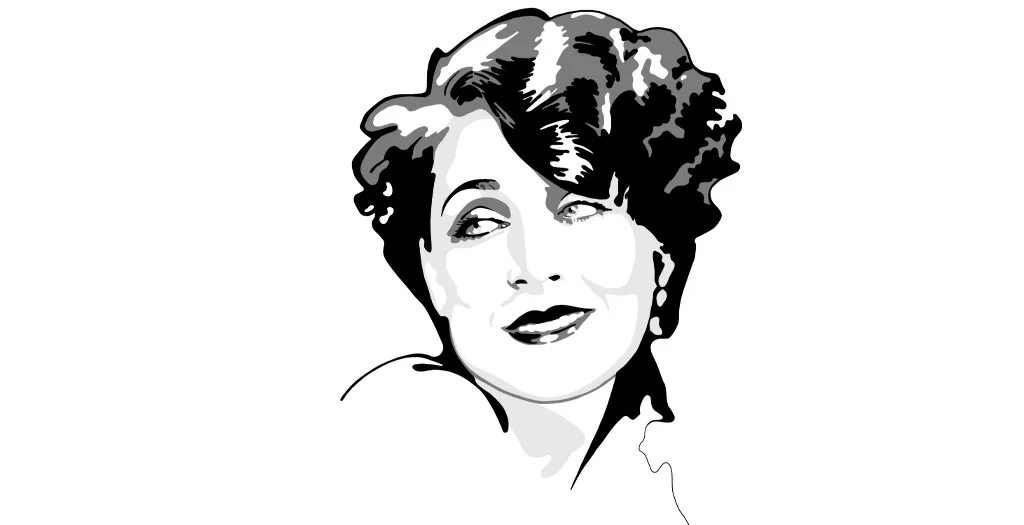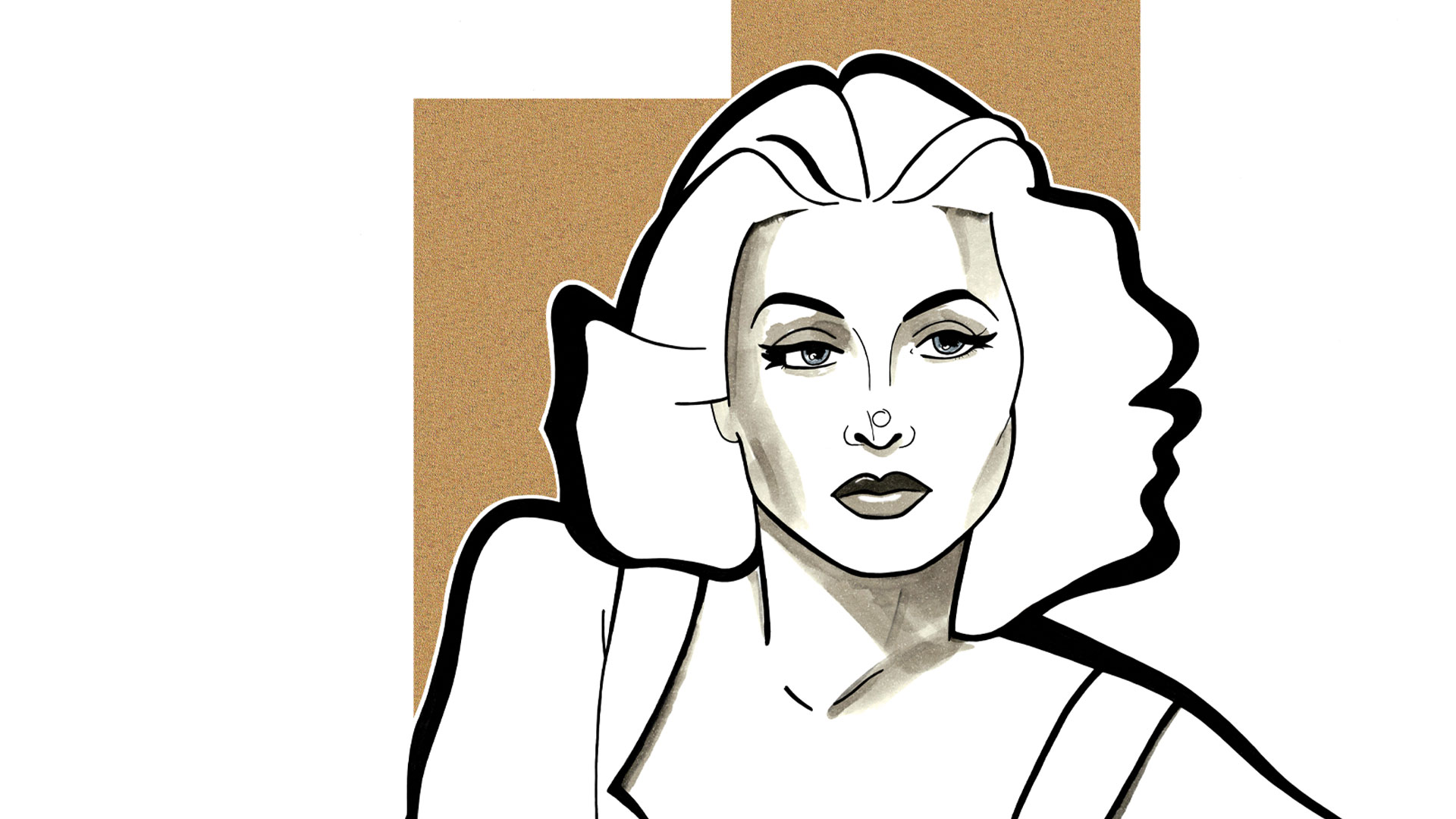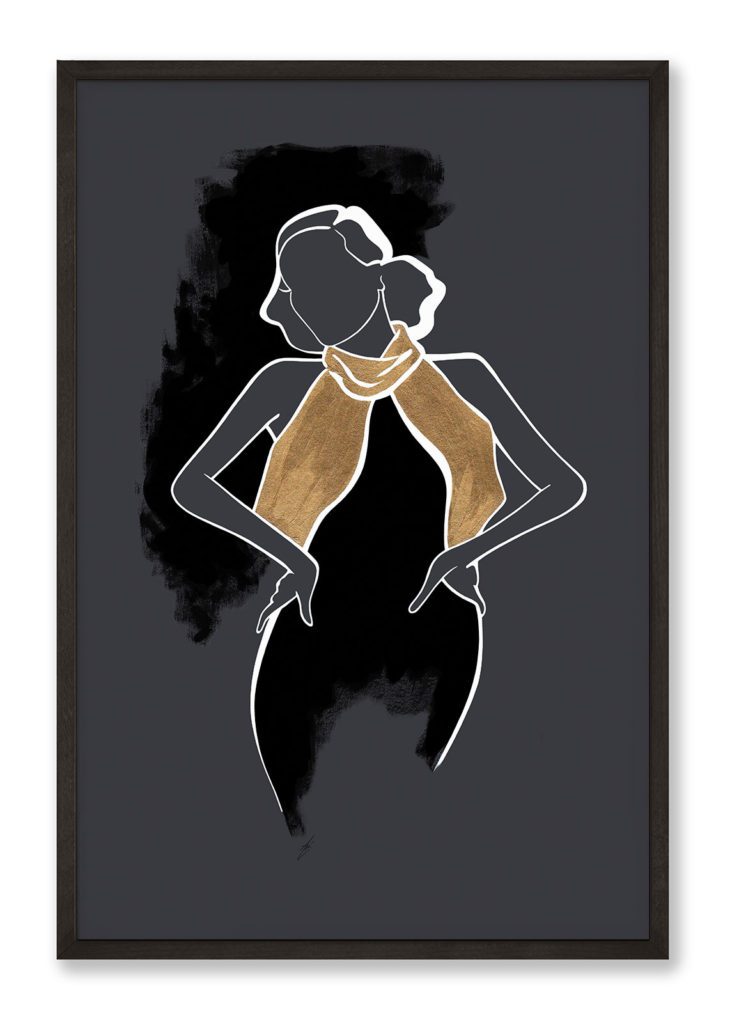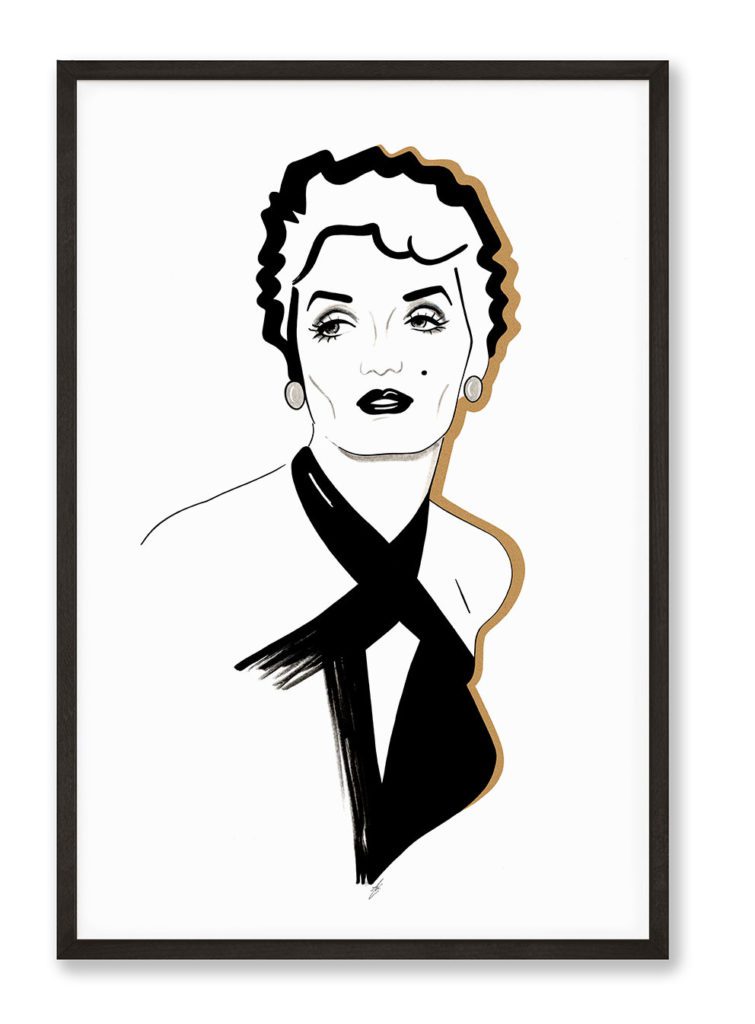Audrey Hepburn
Effortless style and elegance


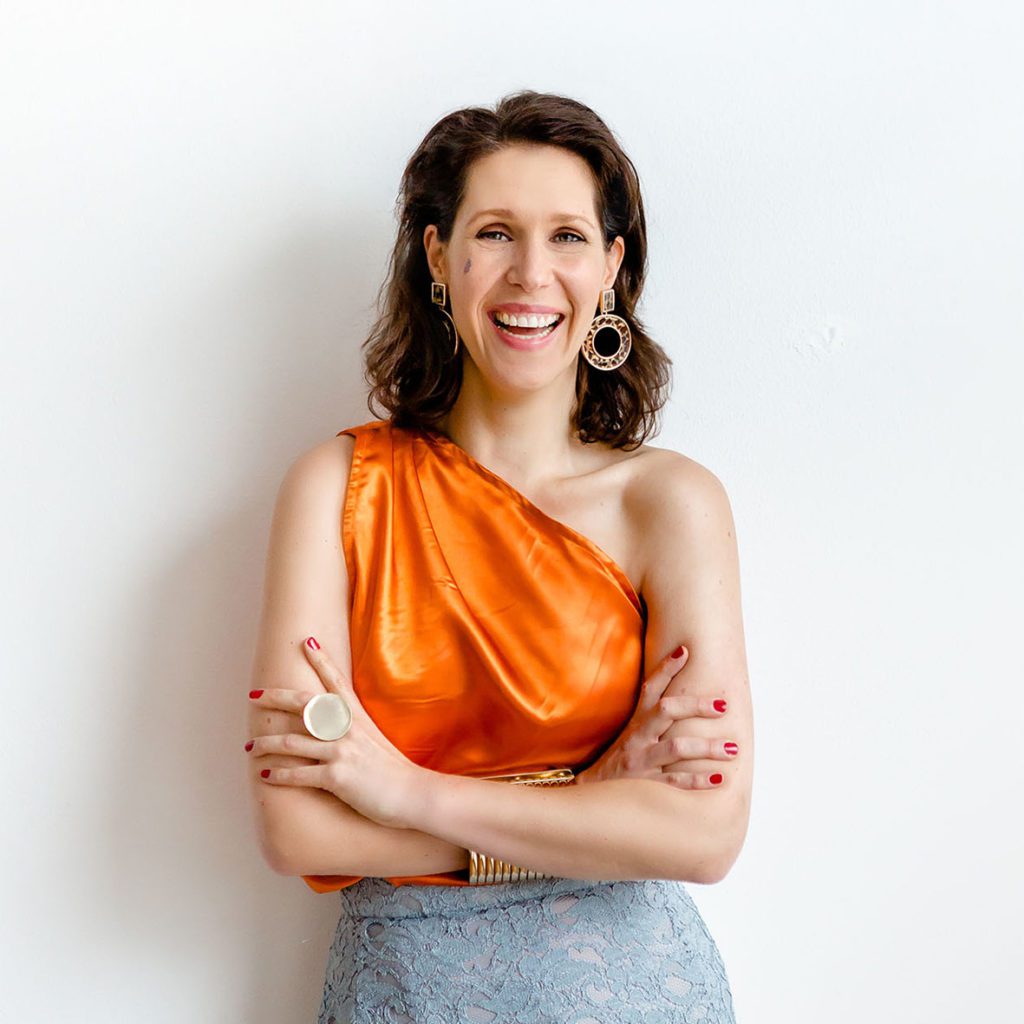

Hi, I'm Kat!
What I am most passionate about is to inspire you to see that your life is your own and biggest masterpiece.
To me, and probably most others, Audrey Hepburn is best known as Holly Golightly, the iconic screen character she embodies for “Breakfast at Tiffany’s”. The storyline, the beautiful dresses, Tiffany’s, Micky Rooney – and Audrey. This is just Hollywood at its best. Audrey herself seems so above Hollywood, so above anything normal. To me she always seemed a bit more elegant, a bit more sophisticated, a bit more divine than any other character she was paired with onscreen. So let’s dive into her life.
LISTEN TO THE PODCAST
SUBSCRIBE TO THE PODCAST
Noble beginnings and hardships in childhood
As they often say, everybody has their burden and hardships and you should never judge a book by its cover. When it comes to Audrey, her wonderful face, her rise to stardom, her beautiful clothes – you would not now that she really suffered as a kid.
She is actually Belgian – not originally American or English as you would assume. Her father was a British tradesman and her mother was from Dutch nobility. It was the second marriage of Audrey’s mother Ella van Heemstra, so Audrey actually has two stepbrothers. Both of Audrey’s parents were with their then-partners in the Dutch East Indies, a Dutch colony that is today Indonesia. Ella in what is known today as Jakarta with her first husband and kids and Hepburn’s father Joseph Ruston in Semarang, the capital of Central Java. The two got married eventually in Batavia, today’s Jakarta. I know that colonisation is a really dark chapter in our European history, but still, it is fascinating, where people back then had been, had travelled to – it’s really different times back then.
Audrey was born in Belgium, once her parents had relocated first back to London and then to Brussels, where her father was tasked with opening an office for the loan company he was working for. She had a really privileged upbringing with no money concerns and lots of travel between Brussels, where they were living, London because of the business of her father as well as The Hague and Arnhem due to family ties.
The hardest moment in Audrey’s life? When her father left the family when Audrey was only six years old. In her own words: “the most traumatic event of my life.” Children are so dependent on their parents, so I can only assume the heartbreak she must have felt and how traumatising it must have been to be abandoned by a parent. So, Audrey moved back to Arnhem to the estate of Ella’s family and was sent to Kent to receive private higher class education on her father’s commands.
Then, WW II came – and life changed forever.
First, though, I have to mention that both of Audrey’s parents were supporting and collecting donations for the British Union of Fascists before they parted ways and when Ella met Adolph Hinter she wrote quite favourable articles about him. Which sends shivers up and down my spine.
So, WWII started and Ella got Audrey back to Arnhem – because, remembering history lessons: The Netherlands stayed neutral during WWI and Ella was hoping the same would happen and they would come out of this war unscathed. Spoiler: Nope, didn’t happen.
They lived through German occupation for five long years – 1940-1945. During this time, Audrey witnessed horrific and traumatic things, her uncle was executed based on fault accusations to make a point because he was really prominent in Dutch society. Her half brother Ian was deported to a labour camp and she witnessed the transportation of Dutch Jews to concentration camps, she saw kids who stepped on the trains who were her age or younger. Audrey supported the underground movement, the resistance, by doing silent ballet performances for money and distributing underground papers as well as helping in hospitals that were at the heart of the resistance. Also the family apparently hid a British paratrooper – I think that this already shows what kind of a human Audrey Hepburn was – kind, caring, always doing the right thing.
But worst of all was the famine in 1944. The Germans, in revenge for Dutch rebellion and railway blockages, reduced food and gas supplies and the Dutch even sorted to bake breads, cakes and biscuits out of tulip bulbs, which provided some starch. By the end of the siege, Audrey was dangerously malnourished and suffered from anaemia, jaundice, oedema and a dangerous respiratory infection. The thing that saved her? Her mother got sent thousands of cigarettes from a former British lover that she could trade on the Black market to get the medicine to save Audrey’s life. Because of the war, basically all properties and all the family fortune had been destroyed and they had nothing left.
After the war, Audrey and her mom moved to Amsterdam and Audrey began training as a professional ballet dancer – something that she had already started when she was in boarding school in Britain and in Brussels for a short while before the war. She eventually moved to London when she accepted a scholarship to a famous ballet school in Notting Hill and supported herself with part-time work as a model. She eventually dropped ballet – she was told that she would never make it as a prima ballerina, despite her incredible talent, because, on the one hand she was already too tall, on the other hand she was too weak, frail and prone to sickness due to the severe malnutrition she suffered during the war. So, Audrey turned to acting instead and had some minor roles in a couple of British movies. And then, it was time for Monte Carlo Baby, that is actually a bilingual film from 1952 that was filmed in Monte Carlo. And then there luck struck for Audrey. Writer Colette stayed at the same hotel and was so enamoured with Audrey that she insisted she should play Gigi on stage on Broadway. Gigi is Colette’s most famous novel. Audrey had never spoken on stage, only in front of the camera. So, she took extra lessons for that. The production was a hit, went on tour throughout the US with stops in Pittsburgh, Cleveland, Chicago and finally Los Angeles and San Francisco. Audrey was conquering the US already.
Hollywood Callling
The first major movie that Audrey Hepburn starred in was “Roman Holiday”, her eight appearance on screen overall. Gregory Peck, her costar for the movie and a big name already opted out of being the only name above the title and wanted Audrey to be billed alongside him – he already felt that she would actually become the bigger star. And this proved to be true.
For “A Roman Holiday”, Audrey received an Academy Award, a BAFTA award and a Golden Globe Award right away and signed a seven-picture deal with paramount with a wonderful 12 months between movies to give her tine off for stage performances, which she loved.
Her success continued seamlessly with hits like “Sabrina”, “War and Peace”, “Funny Face”, “A Nun’s story”, which I personally was very touched by, and of course “Breakfast at Tiffany’s”. Each movie showing another side of her – and always glamorous, eternally elegant styles and looks, which continually raised her profile as a style icon and star. I think “My Fair Lady” is another highlight that – if not seen yet, you need to see. It is just wonderful. Although, in contrast to Breakfast at Tiffany’s – Hepburn is not actually singing in the movie, she is being dubbed, which apparently made her fume when she got to know that this was the deal. Again, this was a great success. She made some more movies in different genres like “How to steal a million” or my favourite – Robin and Marian, where Sean Connery and her play Robin Hood and Maid Marian at an older age. It is quite fun and probably the best of all Robin Hood movies, seriously. And after that she did not do many more movies and the last appearance was actually a documentary about gardens around the world.
All in all, she has a tremendously rich legacy, which boast Academy Awards, BAFTA awards, Tony Awards, broadway successes and Hollywood blockbusters. She is the third greatest actress ever on the American Film Institute’s 100 list and is one of the greatest female stars of all times. Her timeless style and elegance, much contributed to by Hubert de Givenchy, her friend and personal designer, makes her one of the most influential cultural icons of the last decades or even the last century.
Family and kids
Audrey Hepburn was married twice. Her first marriage was to Mel Ferrer whom she got to know and love during the work on Broadway play Ondine that they both starred in. They got married the same year in Switzerland, in Bürgenstock, which is a really small and sheltered village, now being invested in by the Katar Royal family actually. According to their son Sean, Mel Ferrer wanted to give Audrey some shelter from the world and the pressures of Hollywood after her severe malnutrition during the war and her constant working on movies and stage plays. And Switzerland actually became her focal point of living. They later moved near Geneva because of the milder climate, but Switzerland it was. Still, they divorced some 14 years later, when Audrey immediately met her second husband, Italian psychatrist Andrea Dotti during a cruise. They married and had a son. Both Audrey and Andrea were unfaithful during their marriage and it also ended in divorce. After that, Hepburn was in a committed relationship with Robert Wolders, the widower of Mere Oberon, until her death.
Humanitarian efforts
When she was suffering from starvation during WWII, she received help from international aids and, thus, when she was older and had the means to do so, she joined the UNESCO efforts as an ambassador, travelled to countries like Somalia and helped right then and there with what she had. Until today, her foundation is contributing money to her program. She always tried to help the starving children – seeing herself in them and wanting to alleviate some of their pain.
But, what shows that Audrey had the biggest heart, was her relationship with and her stance towards her father. He abandoned the family when she was a kid and she suffered deeply from it. And when she located him some 30 years later, he wasn’t very affectionate or emotional or apologetic – but she kept the line open and supported him financially until his death. No grievance, no accusations, no ill will. She was a truly remarkable spirit with a great heart – the great clothes did not create her, they just accentuated her inner and outer beauty.
With all my love!
xx
Kat
P.S.: Have a look at her screen-test for “A Roman Holiday” on Youtube


